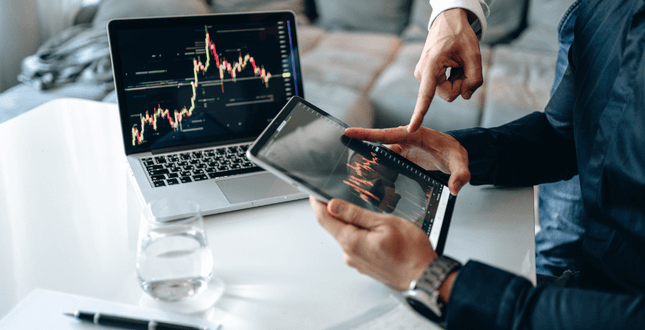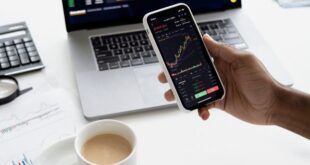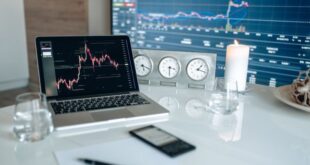Before you can begin back-testing, you’ll need to convert your trading ideas into trading principles that are objective, repeatable, and amenable to optimization. Back-testing a trading strategy or idea based on pure speculation is a typical mistake. There are a lot of guesswork involved in popular techniques since they leave out crucial aspects. Methods that fall under the rubric of “Elliott wave counting,” for instance, are notoriously challenging to back-test since the location from which the tide is measured has a far greater influence on the back-test findings than the process itself.
As you develop your trading rules, you’ll likely be astounded by how many popular trading mantras, such as “The trend is your friend,” become meaningless when held up against cold, hard trading principles. Because of this, trading methods require new criteria for identifying a trend.
Finding the Best Method
After establishing your first trading criteria, you may simulate the outcomes that would have resulted from strictly adhering to them. Time frame represents a range of days and hours over which you will evaluate the trading platform. The fitness function is a mechanism for assessing coverages and the means through which your program’s parameters may be optimized. As an illustration, a gym may be beneficial or detrimental depending on your perspective.
Using Excel, we can perform a quick reversal analysis
As a first step, back-testing might be done swiftly in Excel. You may apply your formula to each cell in the time string by pasting your historical time series into Excel and then selecting the “Apply Formula” button. One approach to express this is to simply use the symbols “–1” (market), “0” (not in the market), and “1” (in the market) for all possible types of marketplaces (purchase ). Then, after deducting the spread and the trading price, figure out your gain or loss.
Before dropping a ton of cash on a new program, I would advise giving Excel a thorough evaluation first. That way, you’ll know everything about it, from the ground up. The articles you read on back-testing will often point you in two directions when deciding how large to make your database of past results. It is also recommended that you test your trading platform in real-world market situations. These guidelines are subjective in a subtle enough way to be useful.
In today’s market, terminology have become wholly subjective, much as the trading regulations that are ultimately up to the owner of the trading platform. On one website, for instance, you may see information on a trading platform that promises a 22 percent annual return. That you’re willing to pay the asking price for the platform, which has a winning record over the past year, and that you believe in its potential. After you have the machine, you may properly trade according to its principles. If your investment doesn’t provide a 22 percent return (or worse, a negative return), you’ll be told that the market has changed. Therefore, the principles of the trading system cannot anticipate market needs any more than they can foresee future costs based on the current ones. Because of this behavior, we can see another another common mistake made while doing back testing. The term “curve matching” is a data-driven term for nonlinear regression. I will provide an illustration to clarify. You are doing a historical test of a two-parameter, risk-free trading strategy. However, when you experiment with different values for the parameters, you begin to see that some combinations create more robust positive results. By selecting the two most profitable characteristics, you are essentially projecting that future market data collecting will look quite similar to your past analysis. What may be done to lessen the impact of this fundamental difficulty?
Curve matching may be minimized in a backtest in many different ways. Keeping a level head in trading is step one. Until you can articulate your trading strategy in terms of both market action and the many elements of market activity, you will need to go back to the drawing board and continuing working on your own trading concept. In addition, you may perform a forward and reverse backtest on many markets to see which niches, installations, or designs work best with your system. If you wish to backtest just during the times when a certain financial index is released, for example, you may do so. Back-testing using the most recent data allows you to take advantage of unexpected price changes in the market. Many other back-testing methods can be found in the more advanced mathematical literature; these approaches, in turn, hint to the ways in which volatility and quantity exhibit short-term memory. This is because markets reflect the aggregated information possessed by market participants, who naturally consider the near-term past while making trading decisions. Because of this, long-term back-testing, while natural at first, can cause problems like over-optimization and curve matching.
 Dekke Finance App Seputar berita aplikasi, trading dan keuangan
Dekke Finance App Seputar berita aplikasi, trading dan keuangan


